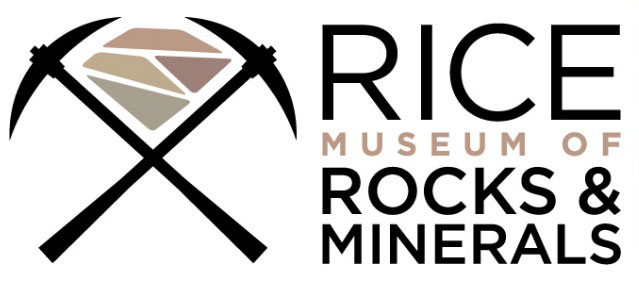One of the best parts of working at the Rice Northwest Museum of Rocks and Minerals is the park-like setting on the grounds. We love our rocks and minerals, but we’ll talk at length about any of the earth sciences. For example, it’s common to see us commenting about deer on the lawn, elk in the fields, coyotes along the treeline, or raptors circling overhead. Lately, we realized we had to address some long-overdue management of our forested stands. We love our trees, but there are problems to fix.


One concern has been the frequency that the large trees come down in winter wind storms. The Northwest Gallery took a major hit two years ago when a middle-aged Douglas Fir crashed into the roof. Last year a dead branch fell among some school kids exploring the rock pile. Nobody was hurt, but we didn’t want to go through that again.

We contacted the Oregon Department of Forestry (ODF) for insights and explained our concerns centered on safety and environmental management, rather than an economic boost. During a lengthy tour, ODF Stewardship Forester Kevin Nelson from the Forest Grove office walked the entire 28-acre property with us, and told us some of his concerns.

- The large stand located south of the Northwest Gallery has multiple problems. Dubbed the “Compromised Stand,” it has served as overflow parking for major events, which, in retrospect, was not a good idea. Years of parking cars there has compacted the soil and damaged the tree roots, resulting in unhealthy trees. Several of the larger trees displayed signs of significant rot. The younger trees underneath appeared stunted and in poor health. ODF approved removing most of this stand to convert to dedicated parking.
- The trees growing at the bottom of the lawn, dubbed the Front Yard stand, are in good shape, so no action is required there.
- The Southwest Stand appears to be in good shape as well, but in serious need of thinning, and showing signs of distress. Our ODF contact stipulated that he would not sign off on high-grading the good wood out of that stand; instead, he advised an “addition by subtraction” approach to remove rotting or undersized leaners, fixing crowded spots, etc. He also advised against keeping some of the larger trees along the edge of the stand that threaten the main museum building. He pointed out a thriving section of Western Red cedar that he recommended leaving as-is, and believes we’ll end up with a truly park-like setting when the job is complete.
With all the permits in place and consultations concluded, Salmon Creek Construction began removing the compromised stand on February 8. They immediately confirmed our worst fears: many of the larger trees were weak and dangerous.

In addition, we have some up-to-date advice for the rest of the acreage to the north, which was logged and replanted with Douglas Fir with mixed success many years ago. ODF advised against restocking any more Douglas Fir seedlings, due to extended droughts and changing climate. Way back in Oregon Territory history when Joe Meek homesteaded on the property directly west of the museum, Douglas Fir was a dominant species across the Tualatin Plains. Now, foresters recommend replanting with an Oregon variety of Ponderosa Pine, which is much more resistant to drought. Since six out of the last ten years have experienced drought-like conditions through the summer, he was concerned that we would waste our time stocking with Western Redcedar or Douglas Fir. So we’ll be removing 60-70 unhealthy trees from the front, and replanting with about 300 Ponderosa Pine seedlings in the back, with a mix of local oak. We’ll retain the oak habitat, with a long-term goal of creating some nature trails for public use.

We are sorry to see the trees go, but it was time to act. We anticipate Salmon Creek will be done with the Compromised Stand very quickly weather permitting), so patrons shouldn’t be affected once the trees are down and we turn the slash pile and stumps into much-needed chips. The plan is to address the Southwest Stand from the back, via the service road, further reducing impact to the public. Once the logging is complete, we can apply for a permit, hire an engineering firm to address grading, and lay down a thick bed of gravel in time for our major events this summer. If you’d like to help with our expenses during this operation, feel free to click the Donate button. We appreciate your help!
